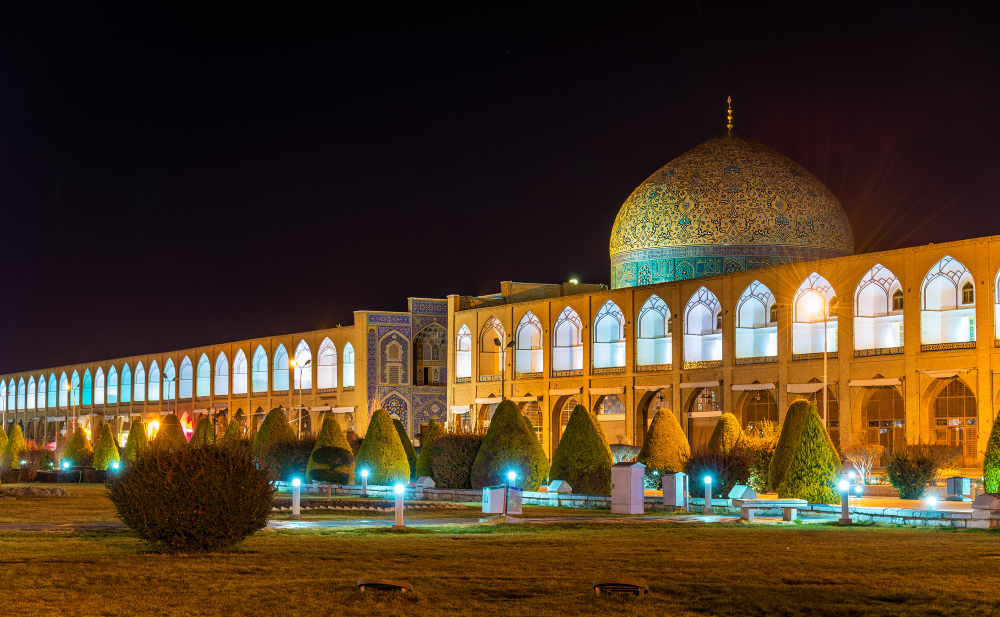
Iran has emerged as a top-tier medical tourism destination, drawing patients from neighboring countries, Central Asia, the Middle East, and even Europe. With its strategic geopolitical location, highly skilled medical workforce, and remarkably low treatment costs, Iran offers a compelling option for international patients seeking quality healthcare without the financial burden of Western systems.
Major cities like Tehran, Mashhad, Shiraz, and Isfahan are home to state-of-the-art hospitals, specialist clinics, and internationally recognized physicians. Whether patients seek cosmetic surgery, fertility treatments, organ transplants, or cancer care, Iran's medical landscape combines technical sophistication with a heritage of healing traditions. Government-backed support, an expanding private sector, and streamlined patient services have positioned Iran as a safe and accessible choice for inbound healthcare travelers.
Iran is internationally renowned for cosmetic and reconstructive surgery, including rhinoplasty, liposuction, facelift, and breast surgery—often performed by board-certified surgeons with extensive experience. The country is also a leader in ophthalmology (e.g., LASIK and retinal procedures), infertility treatments like IVF and ICSI, cardiology, and organ transplantation, particularly kidney and liver.
Orthopedic surgeries, cancer treatment, and dental care are performed at significantly reduced costs—often 50-70% less than in Europe or North America. Iran’s high surgical success rates, advanced robotic technologies, and dedicated medical tourism centers make it especially attractive for patients seeking affordable, high-quality outcomes with minimal wait times.
Iran is well-connected through international airports in Tehran (Imam Khomeini International Airport), Mashhad, and Shiraz. Patients from many countries can obtain an e-visa or visa on arrival, simplifying access. Several hospitals offer VIP packages that include airport transfers, accommodation, local transport, and multilingual guides to assist with every stage of treatment.
Private hospitals are staffed with English-speaking coordinators, and some institutions provide services in Arabic, Russian, and Turkish to accommodate diverse patient needs. Patients with cultural or religious preferences will find hospitals respectful and adaptable, offering gender-specific caregivers, halal food, and prayer spaces. Iran's rich history, natural beauty—from the Caspian Sea to desert oases—and hospitality culture make recovery a peaceful and rejuvenating experience.
Iran’s healthcare system is overseen by the Ministry of Health and Medical Education (MOHME), which enforces stringent licensing, facility inspections, and patient safety protocols. Many hospitals offering services to international patients maintain global hygiene and clinical standards, and several are working toward or have achieved international accreditations.
Medical malpractice is rare due to the professional culture and regulatory oversight, but legal frameworks exist for patient protection. Follow-up care, both in-person and remote, is emphasized through structured post-procedure consultations, physiotherapy, and ongoing specialist access. Long-term treatments, such as oncology or rehabilitation, are supported through integrated care pathways that link hospitals with wellness centers and recovery accommodations.
With its reputation for surgical precision, compassionate care, and unbeatable prices, Iran is a strong contender in global medical tourism. The country’s fusion of ancient wellness traditions, cutting-edge medical practice, and deep cultural empathy ensures a healthcare journey that is not only effective but also respectful and human-centered. For patients seeking affordability without compromising on quality, Iran provides a holistic and high-standard medical experience.
1. Why choose Iran for medical tourism?
Iran offers high-quality care at very low prices.
2. What treatments are most popular in Iran?
Cosmetic surgery, fertility treatments, eye care, and organ transplants.
3. Are doctors in Iran well-qualified?
Yes, many are internationally trained and highly experienced.
4. Is it safe to get medical treatment in Iran?
Yes. Hospitals are regulated and follow strict hygiene standards.
5. What are the most popular cities for treatment?
Tehran, Shiraz, Mashhad, and Isfahan.
6. Is English spoken in Iranian hospitals?
Yes, especially in private hospitals with international services.
7. How affordable is treatment in Iran?
Prices are 50–70% lower than in Europe or North America.
8. Can international patients get help with travel?
Yes. Many hospitals offer airport pickup and hotel packages.
9. What about cultural or religious needs?
Hospitals provide halal meals, prayer spaces, and gender-specific care.
10. Is follow-up care provided?
Yes. Hospitals offer recovery plans and remote consultations.
11. Do I need a visa to travel to Iran?
Most patients can get an e-visa or visa on arrival.
12. What is the currency in Iran?
The Iranian Rial (IRR).
13. What language is spoken?
Persian (Farsi) is the official language.
14. What is Iran’s time zone?
Iran Standard Time (UTC +3:30).
15. What makes Iran different from other destinations?
It combines advanced care, rich culture, and low costs.